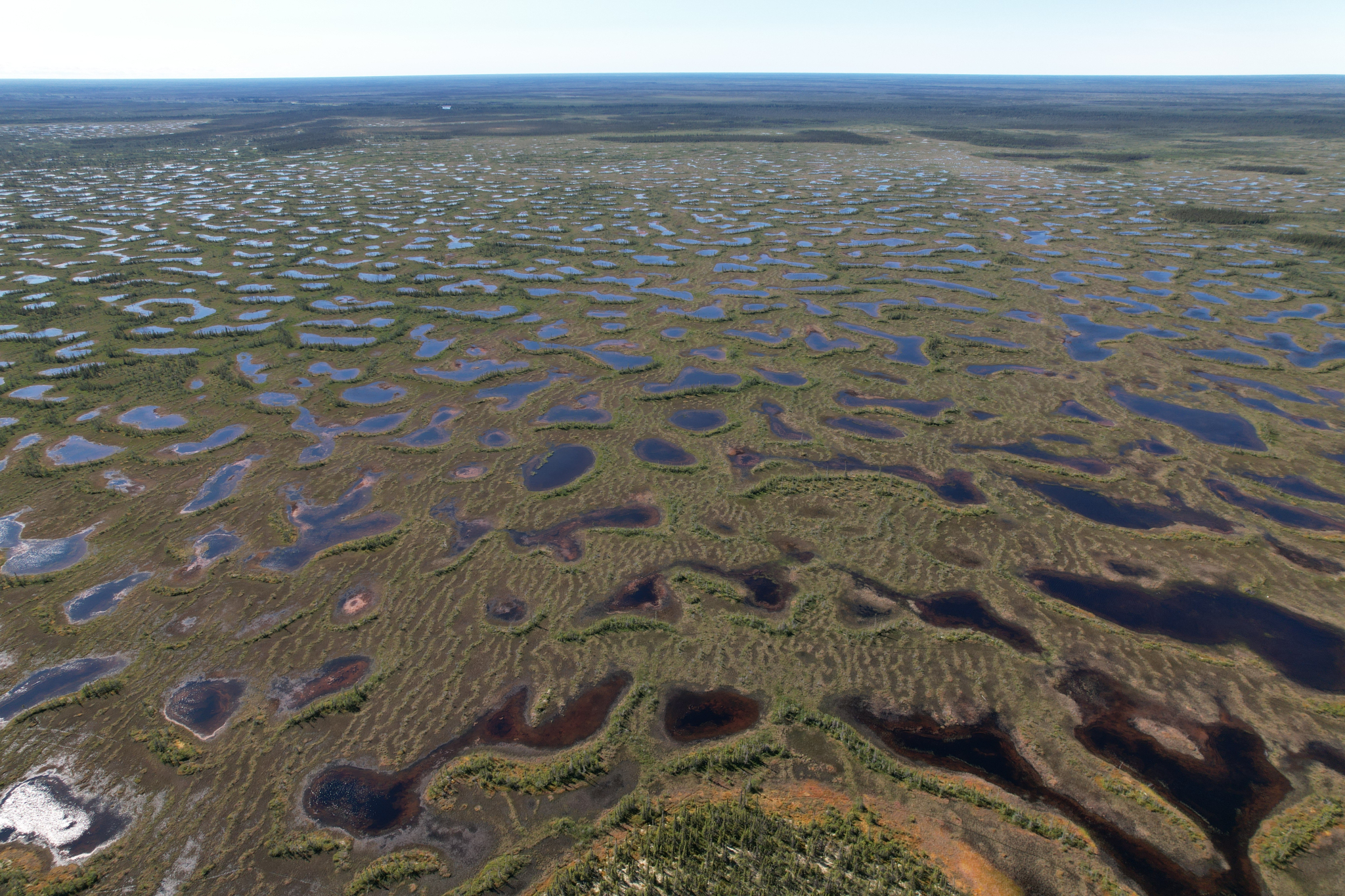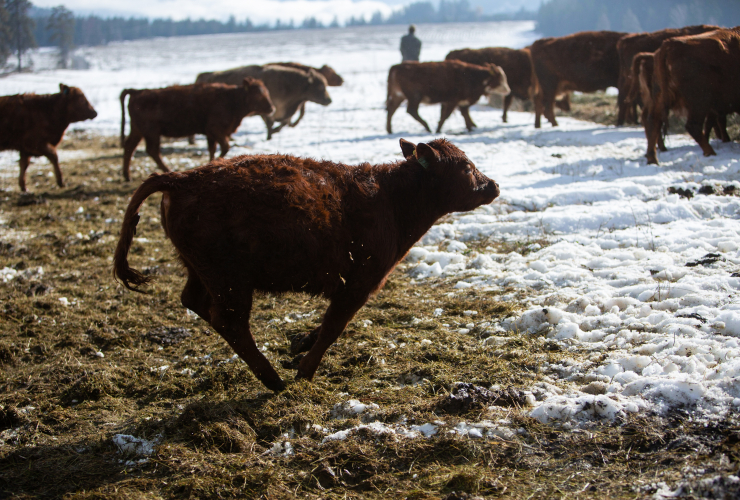Public consultations are now open to determine if a highway leading to two First Nations in northern Ontario will require a federal environmental assessment.
The proposal to the Impact Assessment Agency from Webequie and Marten Falls First Nations was accepted and public comments will be accepted until March 23. The proposed highway will begin 400 kilometres northeast of Thunder Bay and will cross the Attawapiskat River. It could end up being anywhere between 117 kilometres and 164 kilometres long.
The contentious highway is needed to transport materials to and from the proposed Ring of Fire mining region, which the Ontario government has pushed to develop since Doug Ford was elected.
The Ring of Fire is identified as one of Canada’s nine major critical mineral regions in the federal government’s critical mineral strategy. The region holds chromium, copper and nickel, three of the 31 minerals needed for the energy transition, with nickel as a central mineral in the development of electric vehicle batteries.

Critics of the development worry the Ring of Fire operation, including the highway that will be needed to transport minerals and materials, will disturb the carbon-rich peatlands Cree communities in the region call “Yehewin Aski,” or breathing lands.
Canada’s peatlands store about 150 billion tonnes of carbon, the most common heat-trapping element in the atmosphere responsible for global warming. If we were to lose just one per cent of that stored carbon, global greenhouse gas emissions would increase by 11 per cent, Lorna Harris, a climate scientist at the Wildlife Conservation Society Canada, told Canada’s National Observer in a previous interview.
During the provincial elections last year, Ford doubled down on his promise to build a $1-billion dollar highway to access the proposed mining region, according to reporting by CBC News.
Lawrence Martin, marine regional manager for the Mushkegowuk Council, a tribal council representing eight Cree nations in Ontario named in the report, told Canada’s National Observer in a previous interview that Ontario still isn’t giving their organization a seat at the table when it comes to environmental assessments in the region.
“For the last few years now, we’ve been knocking on the doors of Ontario saying we want to be part of the regional assessment,” Martin said in the interview.
The Northern Road Link report was prepared by SNC-Lavalin for Webequie and Marten Falls First Nations.
It’s still unclear if the impact assessment will ultimately go forward. However, last year, the agency raised traditional Indigenous knowledge to status alongside western science; despite its lack of veto power.
— With files from Natasha Bulowski
Matteo Cimellaro / Canada’s National Observer / Local Journalism Initiative
All this says that chromium,
All this says that chromium, copper and nickel MUST be mined from this area to support the renewable energy transition. Well, this is not credible when juxtaposed with the environmental importance of these peatlands. As well, simply continuing to use materials that have always been used is no different than expecting a different outcome from the same actions. When it is well known that destroying the planet is NOT working, efforts MUST be made to develop alternatives, and a very under-reported one is GRAPHENE!!
Even with graphene,
Even with graphene, renewables (and many, many other common products) still need stainless steel, electricity transmission cables, circuitry to run complex systems, machinery, household energy, energy for food production, etc. etc. etc.
This is a tough one. Is there a middle way between full environmental preservation, or reconciliation with both 'develop it' and 'preserve it' Indigenous camps, or increasing extraction to meet the growing demand for domestic materials over dependency on exploitive human rights activity in China and Africa?
I don't see anyone who has a simple answer, and I don't believe it's a clear cut either / or situation.







Comments